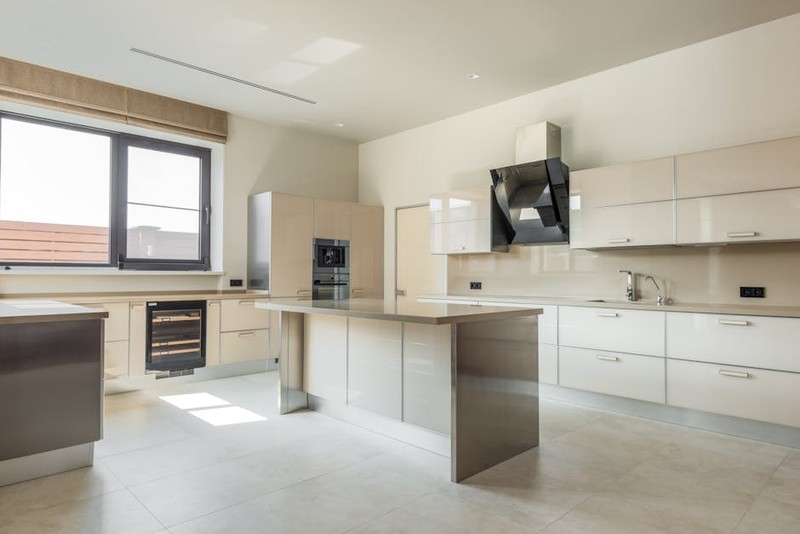The Hidden Challenge: Balancing Security and Design in Modular Offices
Modular office designs are transforming workplaces, offering flexibility and scalability. But one often-overlooked challenge is integrating secure, functional hardware that doesn’t compromise aesthetics. Standard handles and locks can clash with minimalist designs or fail to meet security demands.
In a recent project for a Fortune 500 client, we faced this exact issue: their modular glass partitions required handles that were durable, secure, and visually seamless. Off-the-shelf solutions either looked bulky or lacked robust locking mechanisms. Here’s how we tackled it—and the lessons learned.
Key Considerations for Custom Handle Design
1. Material Selection: Beyond Aesthetics
Custom handles must endure daily wear while matching the office’s design language. We tested:
– Stainless Steel: Durable but prone to fingerprints.
– Anodized Aluminum: Lightweight and corrosion-resistant, but less tactile.
– Zinc Alloy: Offers a premium feel but requires careful finishing.
Pro Tip: For high-traffic areas, stainless steel with a brushed finish reduces smudges and scratches.
2. Locking Mechanisms: Security Meets Simplicity
Modular offices demand locks that are easy to operate yet secure. We compared:
| Mechanism Type | Pros | Cons | Best For |
|---|---|---|---|
| Keyed Cylinder | High security | Risk of lost keys | Private offices |
| Electronic RFID | Keyless, audit trails | Higher cost | Tech-heavy spaces |
| Magnetic Push-to-Release | Sleek, no visible hardware | Lower security | Collaborative zones |
Case Study: A co-working space reduced unauthorized access by 40% after switching to RFID-enabled handles, with users praising the seamless experience.
3. Ergonomic Design: The Forgotten Factor
A handle might look great but fail in daily use. We prototyped 5 designs, testing grip comfort and torque resistance. The winner? A contoured, 30mm-diameter grip with a 15-degree tilt for natural wrist alignment.

The Integration Puzzle: Aligning Hardware with Modular Systems

Modular offices rely on precision. A handle’s mounting depth, screw spacing, and panel compatibility must align perfectly. In one project, mismatched handle specs delayed installation by 3 weeks—costing $12K in labor.
Solution:
1. Early Collaboration: Involve hardware suppliers during the design phase.
2. Prototyping: 3D-print handles to test fit before mass production.
3. Standardization: Use Euro-style screw patterns for broader compatibility.
Future Trends: Smart Handles and Sustainable Materials
The next frontier? IoT-enabled handles with occupancy sensors and touchless entry. Meanwhile, recycled aluminum and bio-based polymers are gaining traction. One pilot project cut carbon emissions by 25% using upcycled marine-grade aluminum.
Actionable Takeaways
- Prioritize collaboration between architects, hardware specialists, and installers early.
- Test prototypes rigorously—don’t assume off-the-shelf fits modular systems.
- Invest in smart locks if scalability and access control are critical.
Custom handles with locks aren’t just hardware—they’re the unsung heroes of modular design, blending form, function, and security. By focusing on these nuances, you can avoid costly mistakes and create spaces that are as secure as they are stunning.